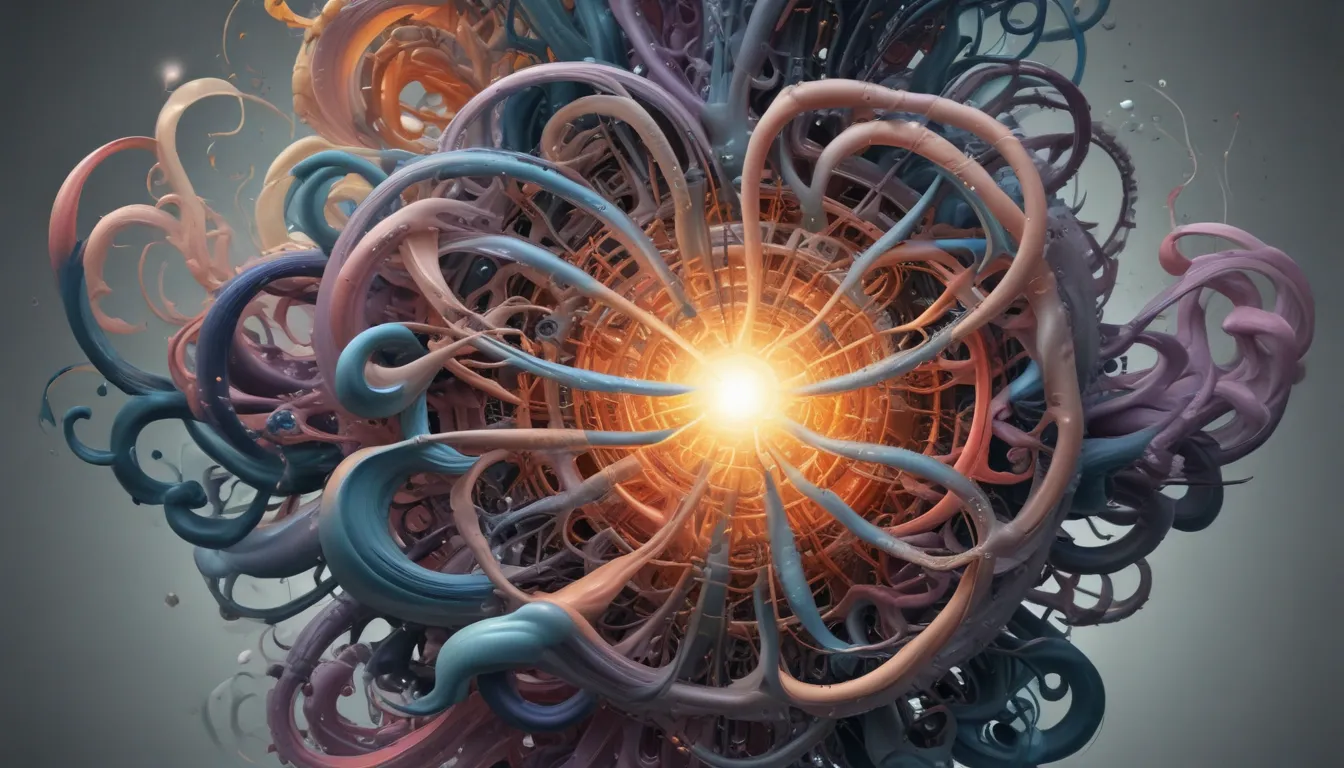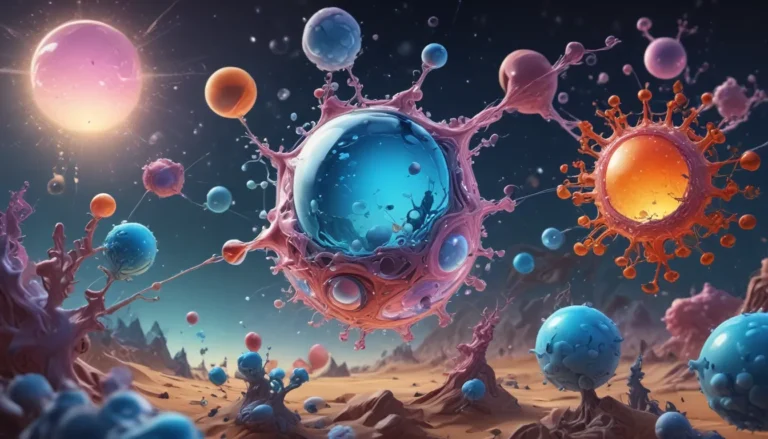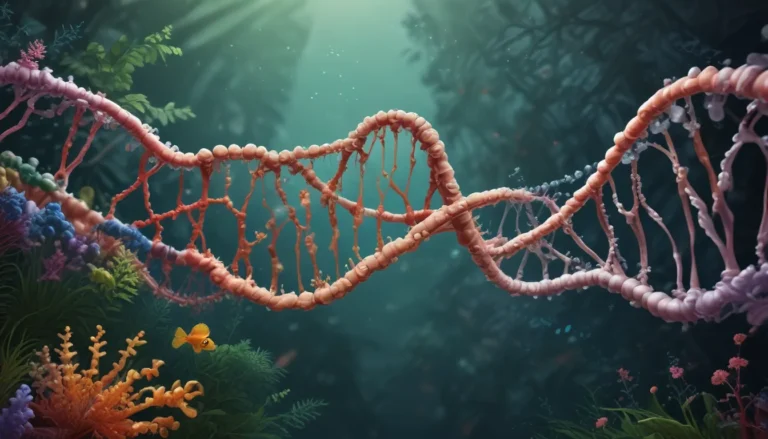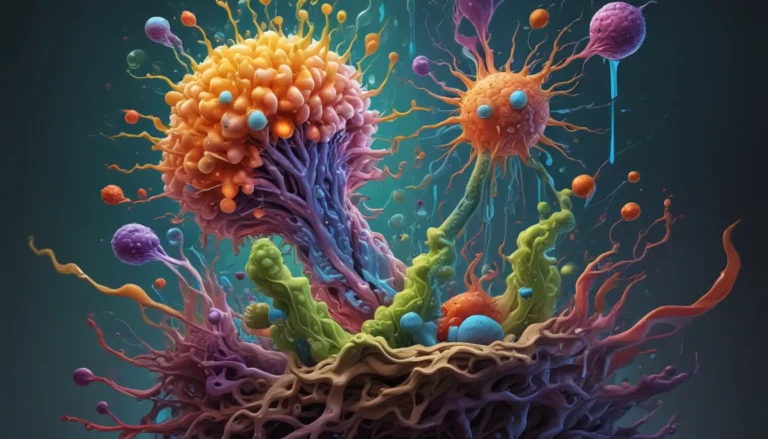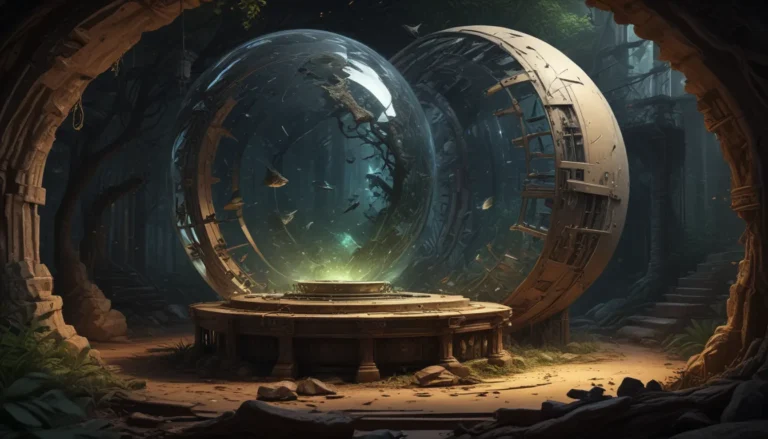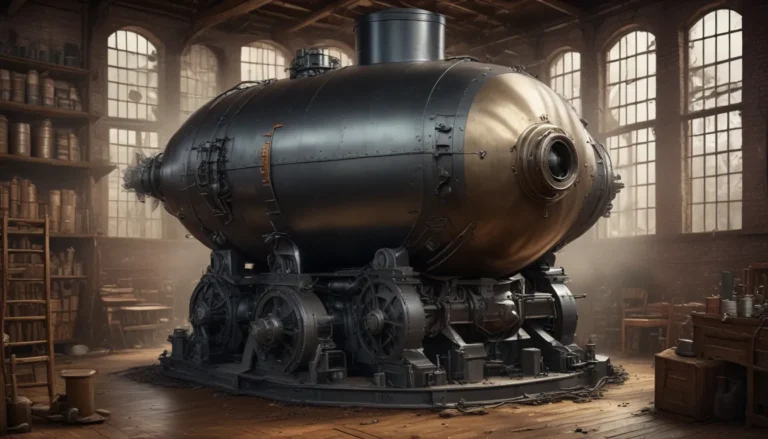A Note About Images: The images used in our articles are for illustration purposes only and may not exactly match the content. They are meant to engage readers, but the text should be relied upon for accurate information.
Gas, a fundamental state of matter, plays a vital role in various scientific fields. While ideal gases are well-known for their predictable behavior, non-ideal gases introduce a world of complexity and intrigue. In this article, we will explore 13 astounding facts about non-ideal gases that will broaden your understanding of this intriguing subject. From deviations from the ideal gas law to the influence of intermolecular forces and their real-world applications, these facts shed light on the intricate behaviors of non-ideal gases. So, fasten your seatbelts and prepare to embark on an enlightening journey through the wonders of non-ideal gases.
Key Takeaways
- Non-ideal gases have a mysterious nature, deviating from the rules and behaviors of ideal gases due to intermolecular forces, compressibility, and even phase transitions. Understanding non-ideal gases is crucial for real-world applications in fields such as chemical engineering and environmental science.
Non-Ideal Gases: Breaking the Mold
Non-ideal gases, unlike their ideal counterparts, do not fully adhere to the ideal gas law equation PV = nRT, where P represents pressure, V is volume, n is the number of moles, R is the gas constant, and T is temperature.
The Influence of Intermolecular Forces
Intermolecular forces, including attractions and repulsions between gas molecules, play a significant role in the behavior of non-ideal gases, leading to deviations from the simple assumptions of the ideal gas law.
Compressibility and Real Gas Volume
Non-ideal gases can be compressed at high pressures due to the intermolecular forces present between their particles. Under certain conditions, these gases may occupy larger volumes than those predicted by the ideal gas law, a phenomenon known as real gas volume.
The Transformation to Liquids
Non-ideal gases have a greater tendency to condense and form liquids compared to ideal gases, especially at lower temperatures, highlighting their unique behavior and properties.
Anomalies at High Pressures
At high pressures, non-ideal gases exhibit significant deviations from ideal gas behavior, underscoring the impact of intermolecular forces on their properties and behavior.
Variations in Heat Capacities
Unlike ideal gases, the heat capacities of non-ideal gases depend on various conditions and intermolecular forces at play, resulting in unique behaviors and properties.
Transitioning Through Phases
Under specific temperature and pressure conditions, non-ideal gases can transition between gas, liquid, and solid states, showcasing their versatile nature and complex interactions.
Unveiling Hysteresis
Hysteresis, observed in non-ideal gases, reveals a discrepancy in the gas’s behavior during expansion compared to compression, adding another layer of complexity to their characteristics.
Harmonizing as Mixtures
Although non-ideal gases deviate from ideal behavior individually, when mixed together, they can exhibit ideal gas behavior as a mixture, providing intriguing insights into their interactions.
The Dance of Diffusion Rates
The diffusion rates of non-ideal gases vary based on factors such as molecular mass, temperature, pressure, and the presence of other gases in the mixture, highlighting the intricate nature of their behaviors.
Embracing Condensation
Under specific conditions, non-ideal gases can undergo condensation, transitioning into liquid or solid forms, showcasing their dynamic and adaptable properties.
Non-Ideal Gas: A Crucial Player in Real-World Applications
The study of non-ideal gases is essential in various fields, including chemical engineering, environmental science, and industrial processes. Gaining a deep understanding of how these gases behave in non-ideal conditions is vital for advancing technological and scientific endeavors.
Conclusion: Navigating the Complexity of Non-Ideal Gases
In conclusion, non-ideal gases present a fascinating realm of study, diverging from the behaviors of ideal gases and offering a plethora of unique properties. From their nuanced responses to high pressures and low temperatures to their diverse intermolecular forces, non-ideal gases captivate researchers in the field of chemistry. Unraveling the intricacies of non-ideal gases is key to enhancing various applications, from industrial processes to material science and environmental studies.
FAQs: Your Burning Questions Answered
Q: What defines a non-ideal gas?
A: A non-ideal gas is a gas that deviates from the assumptions of the ideal gas law, exhibiting behaviors influenced by intermolecular interactions and occupying larger volumes under specific conditions.
Q: What factors contribute to non-ideal gas behavior?
A: Non-ideal gas behavior is influenced by intermolecular forces, high pressures, and low temperatures, resulting in deviations from the ideal gas law and unique properties.
Q: How do intermolecular forces impact non-ideal gases?
A: Intermolecular forces, such as van der Waals forces, play a pivotal role in shaping non-ideal gas behavior by causing attractions or repulsions between gas molecules, leading to deviations from ideal gas behavior.
Q: What are the practical applications of studying non-ideal gases?
A: The study of non-ideal gases has diverse applications, including optimizing industrial processes, predicting environmental conditions, and advancing material science through a deep understanding of their complex behaviors.
Q: Can non-ideal gases transform into ideal gases?
A: Non-ideal gases cannot be converted into ideal gases due to inherent differences in behavior, influenced by factors such as intermolecular forces and deviations from the ideal gas law. However, under ideal conditions, non-ideal gases can approximate ideal behavior.
Delve into the captivating world of non-ideal gases to uncover the mysteries of their behavior and properties. Explore the role of intermolecular forces, phase transitions, and thermodynamic properties in shaping the characteristics of these fascinating substances. By embracing the complexity of non-ideal gases, you expand your knowledge of their unique nature and unlock new opportunities for scientific exploration and discovery. So, embark on this intriguing journey and witness the depth and richness of non-ideal gases in the realm of chemistry and beyond.
